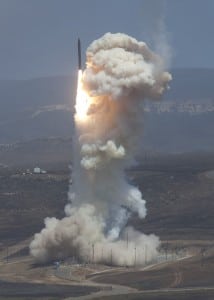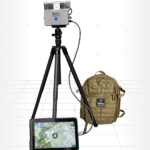
The Missile Defense Agency (MDA) and its defense partners Sunday completed the first intercept test using second-generation exoatmospheric kill vehicle (EKV) over the Pacific Ocean, potentially clearing the way for additional interceptors to be placed at Fort Greely, Alaska. After the test, MDA Director Vice Adm. James Syring said, "This is a very important step in our continuing efforts to improve and increase the reliability of our homeland ballistic missile defense system.” Testifying before the Senate Appropriations defense Subcommittee in…













